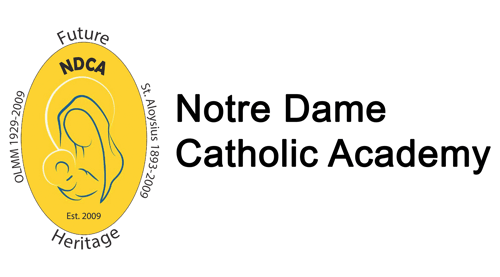
Hello and welcome to Pre-K A! My name is Mrs. Susan Meyers, or Mrs Sue. Together with Mrs. Terri Hertler (Mrs. H), we are very excited to have your children this year. Pre-K is an exciting time for your children to learn important social and emotional skills while making new friends and exploring the world around them! We are both so happy to help them along their journey. We look forward to working closely with you to make this a wonderful experience for both you and your child!
September
Every four to six weeks, we work on a different unit of study. We are following the Creative Curriculum units of study for the first time this year. This month is the First Six Weeks Unit. In this unit, students become familiar with Prek. They learn who their classmates are, how to manage their belongings, who is in their school, and what the limits and expectations of the classroom are. Each student adjusts at their own pace, but they all get there eventually. We are looking forward to getting them all comfortable and ready to learn!
It was a great first day of school!



Trees
In October we are beginning our Trees unit. Fall is the perfect time to begin this unit! We will be observing what is happening to trees throughout the month of autumn. We will be observing and comparing trees, learning the parts of trees and what comes from them. We will also be talking about what lives in trees and how to care for them. We started off our unit by going on a neighborhood walk to see what kinds of trees are around our school. We also read Chicka Chicka Boom Boom and created our own coconut trees!


Halloween Fun!
We made Franken-pudding for a fun snack!




Buildings- Our next investigation is Buildings. Children love to build with blocks to create towers, homes, castles, and cities, etc. We will expand on this natural curiosity by exploring the various types of structures around us and in other regions of the world. We will compare different structures and their characteristics, discover how people construct and use buildings, and design and create our own model buildings and communities. This should be a fun unit for them to learn about the world around them while also incorporating so many other skills such as art, math, and science!





Signs- In January, we will begin our investigation of signs. Signs are all around us, on streets and roads, stores, schools, etc. The students will differentiate between the colors and shapes of signs. They will also discover the purpose of signs in giving directions, keeping us safe, and giving us important information. Most importantly, it will make them aware of print all around and how important print and reading are to us. The children will also be making signs of their own that they think will be important for us to have around our classroom and school building!


Light - In February, we will investigate light. In this unit, we will investigate various sources of light. Students will discover how shadows are made and how day and night are created by the turning of the Earth around the sun. We will also learn about which animals are awake during the day and which ones are nocturnal.



Water- In March, we will begin our water unit. Through experimentation, student will realize the many properties of water. They will discover that it is shapeless and takes on the shape of its container. They will see that it pours and flows and that droplets will cling together. We will explore the three states of water: liquid, solid and gas. This will lead us into learning about the water cycle. We will talk about where we find water on our planet, how important it is for life, and ways to conserve water.


Gardening - April is a great time to begin our gardening unit. Just like students got to see the changing of the trees in the fall during our trees unit, they will get to see the Earth come alive again with budding trees and plants. We will observe seeds as they germinate, learn about the parts of plants and their purpose, and learn about which parts of plants we eat. Of course, we will also be doing some planting of our own in class and spend the remainder of the year watching the plant life cycle before our very eyes!


